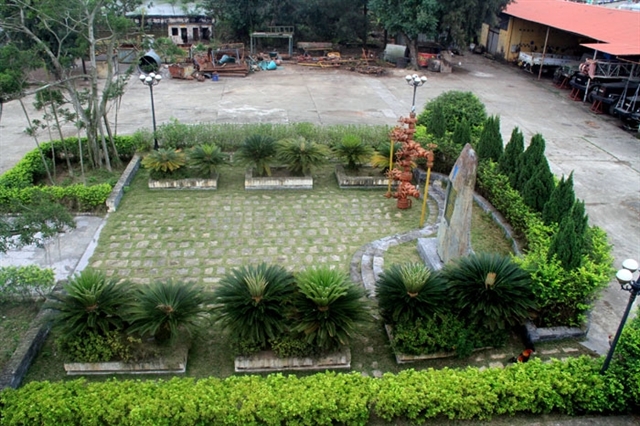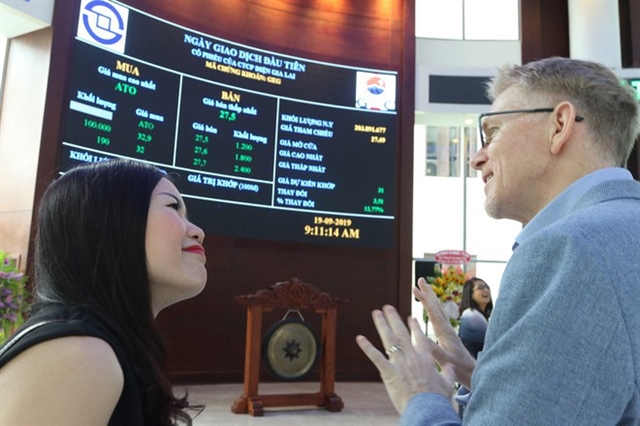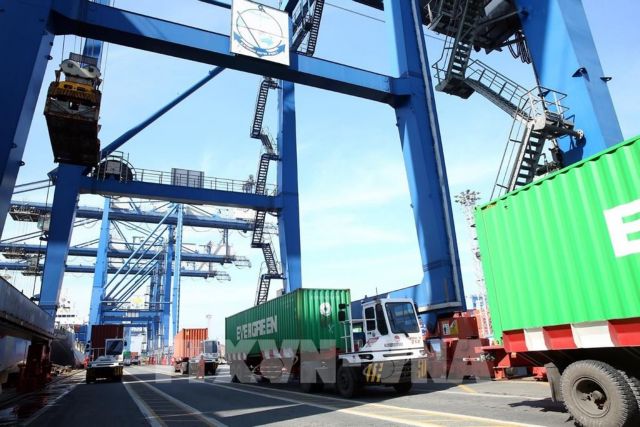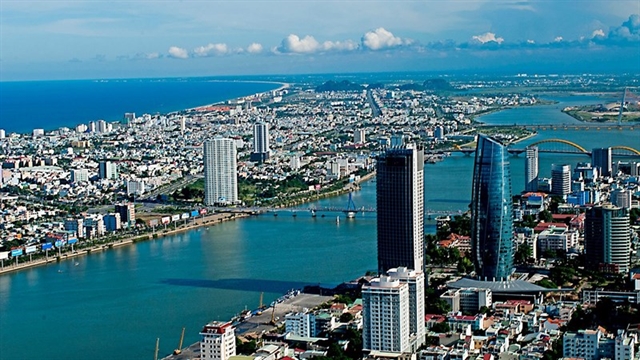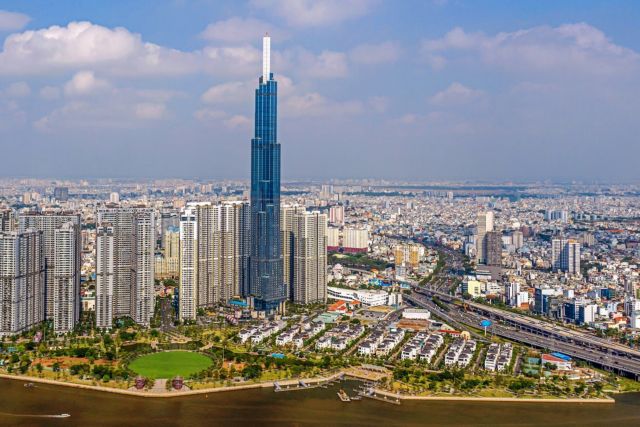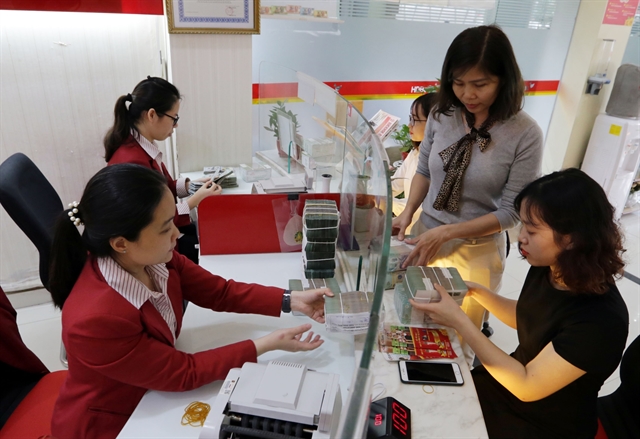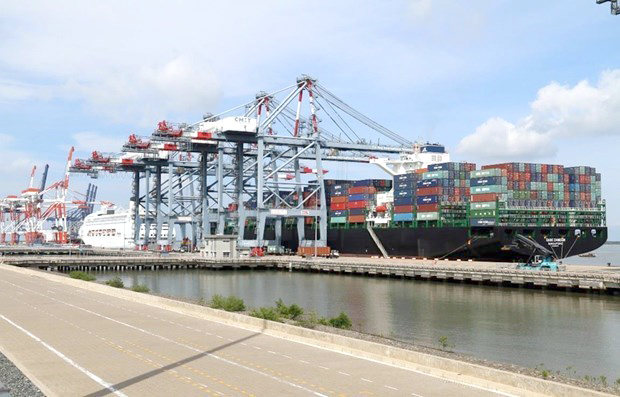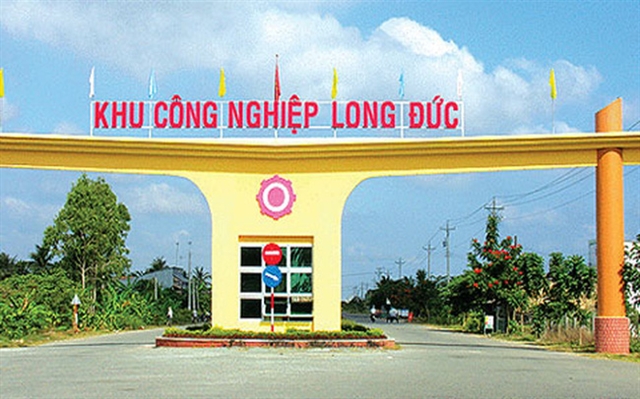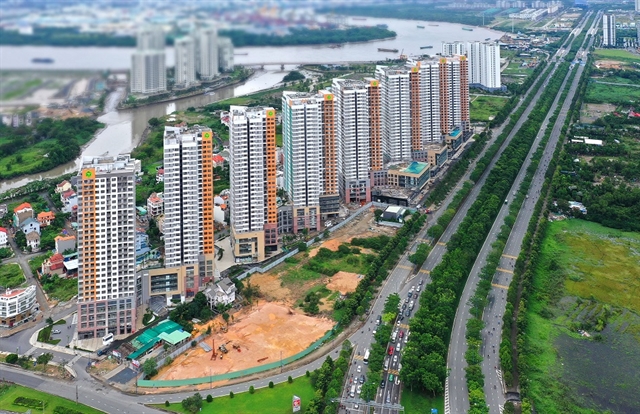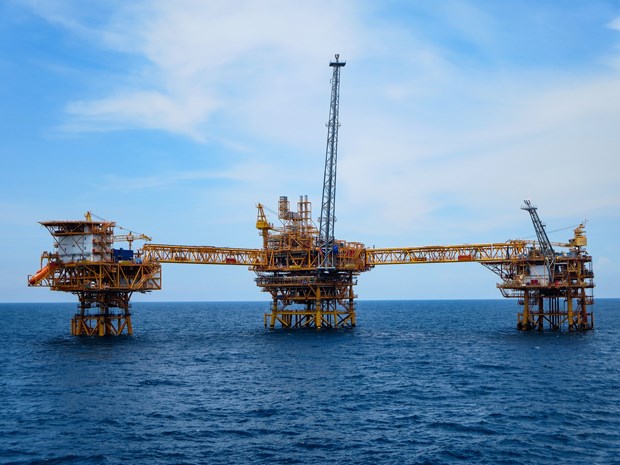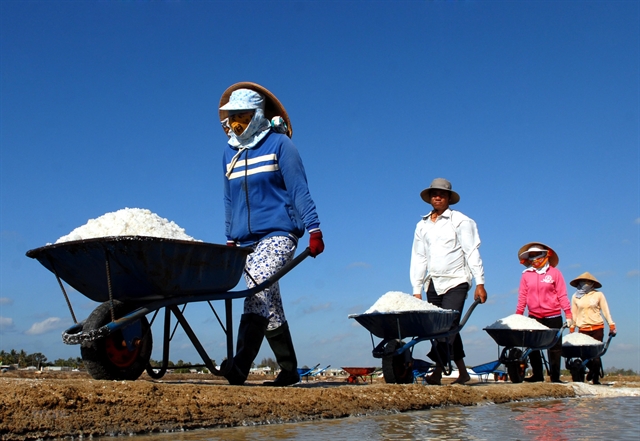
HÀ NỘI — Việt Nam will study and pilot combining salt production and tourism to promote the sustainable development of the salt industry.
This was highlighted in the Government’s recently-approved salt industry development project for 2021-30.
Việt Nam will combine salt production with tourism at villages including Thụy Hải (Thái Bình Province), Bạch Long (Nam Định), Hộ Độ, Kỳ Hà – Hỳ Anh (Hà Tĩnh), Sa Huỳnh (Quảng Ngãi), Hòn Khói (Khánh Hòa) and Cần Giờ (HCM City).
The project aims to develop the salt industry towards efficiency and sustainability, based on the advantages of localities with a history of salt production to increase productivity, quality and diversify salt products to meet domestic and export demand, through which the industry will create jobs and improve incomes of salt farmers.
Việt Nam aims to have 14,500 hectares of salt farming with an output of 1.5 million tonnes per year by 2025. In the next five years, the focus will be on producing salt to meet domestic demand with healthy natural minerals and micronutrients with low NaCl content.
The total salt farming is targeted to drop to 14,244 hectares by 2030 but the annual output is hoped to increase to 2 million tonnes.
Salt production will be developed on an industrial scale in Khánh Hòa, Ninh Thuận and Bình Thuận provinces to meet the demand of the chemical industry and the demand for raw materials to produce refined salt.
Smaller-scale production will be developed in Thái Bình, Nam Định, Thanh Hóa, Nghệ An, Hà Tĩnh, Quảng Ngãi, Phú Yên, Bình Định, Bà Rịa – Vũng Tàu, HCM City, Bến Tre, Trà Vinh, Sóc Trăng, Bạc Liêu and Cà Mau.
Support will be provided to develop supply chains for the salt industry.
The project will also focus on applying science and technology in salt production and processing to minimise climate change’s impacts.
Trade promotions will be increased to export salt products.
Salt is currently produced in 21 coastal provinces nationwide.
According to the Ministry of Agriculture and Rural Development, salt farming area totalled 13,600 hectares in April 2019. — VNS
